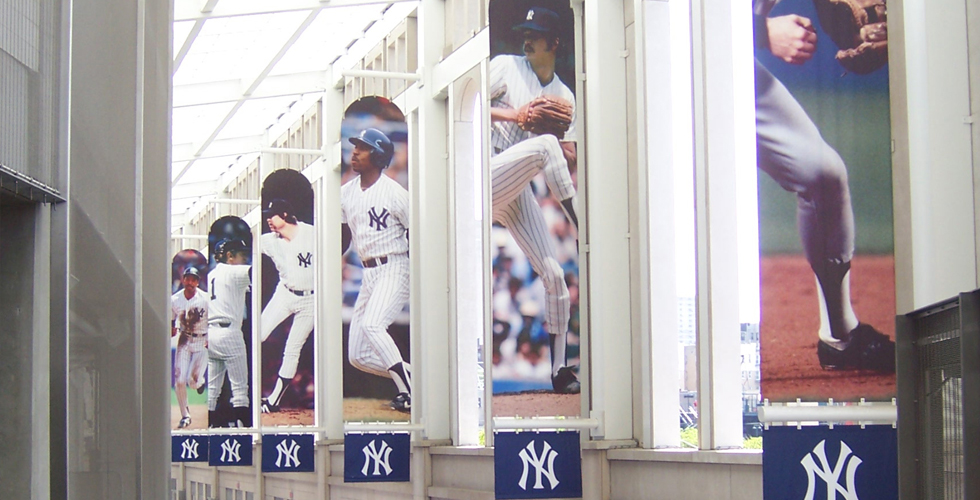Digital Baseball

(Inside Science) -- Baseball fans who revel in the statistics surrounding the game, such as batting averages or the clocked speeds of curve balls, have gotten a windfall of data in the past few years thanks to multi-camera filming of games and new studies of what happens to a ball when it meets a bat.
About three years ago a company called Sportvision began detailed video recording of every pitch in every game at every park in Major League Baseball. PITCHf/x, as the system is called, uses one camera high above home plate and another camera high above the first-base line to capture a detailed 3-D trajectory of the baseball on its 60 foot journey toward the plate. A similar system, HITf/x, has now started to quantify initial trajectory of batted baseballs. And coming up next will be FIELDf/x, a system (using still more cameras) to document, at the level of fractions of seconds, where fielders are in relation to a ball as it comes off the bat. FIELDf/x was used last season at the San Francisco Giants’ park on an experimental basis, and is still under development.
Surprisingly, a lot of PITCHf/x and related information is available to the public. Numerous baseball bloggers use the data to analyze pitchers. Scientists have also gotten interested. Alan Nathan, a nuclear physicist at the University of Illinois at Urbana-Champaign, is a dedicated Red Sox fan and has written scientific papers about the physics of baseball and is well equipped to convert massive amounts of dry data into fascinating observations.
For example, New York Yankee ace relief pitcher Mariano Rivera’s entire inventory of pitches over a whole season has been recorded. Nathan’s analysis shows one reason why Rivera is so effective. A chart of his pitches shows that Rivera keeps his pitches at the very edge of the strike zone. A similar chart of pitches that are hit for home runs (thrown by all pitchers) is peaked right at the heart of the strike zone. Lesson: Rivera doesn’t give batters much of a chance.
Using data about the take-off angle for batted balls and for the balls’ landing points, Nathan has deduced that the launch angle for home runs is high -- in the 25-to-35 degree range. The angle for hits (excluding homers) is much lower -- in the 10-15 degree range.
Nathan can use data to dispel theories. Concerning the record number of home runs hit last year at the new Yankee Stadium, one theory holds that prevailing winds assist the homer output. To test this hypothesis, Nathan looked at what he calls “carry,” the ratio of the distance the hit ball actually went to the distance the ball would have gone in the absence of wind or aerodynamic drag -- a distance that can be judged from the initial angle and speed of the hit ball.
The chart of all the stadiums shows that Denver’s park has the highest carry, not surprising since the altitude in Colorado ensures that air will be thinner than elsewhere, and thus offering less drag. Cleveland’s stadium had the least carry. And Yankee Stadium? It comes about in the middle, actually slightly less than average.
Professor Nathan, who reported his results last week at a meeting of the American Physical Society in Portland, Ore., and at a talk this week at the University of Maryland in College Park, believes that the new digitized data flood will lead to a new way to analyze baseball. Fielders, for instance, will be rated not just by the number of errors they commit, but by their reaction time and the efficiency by which they chase the ball. Nathan expects that the multi-camera approach to following trajectories -- whether players or balls -- will soon extend into other sports.

